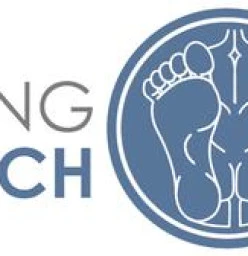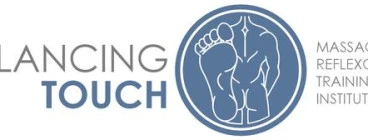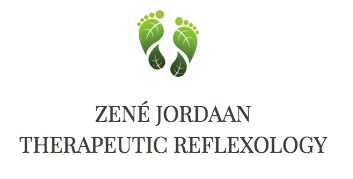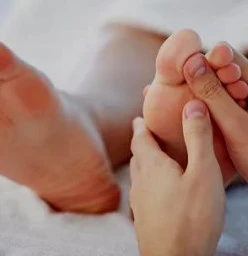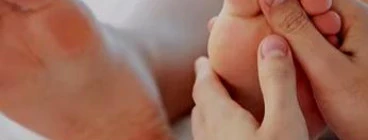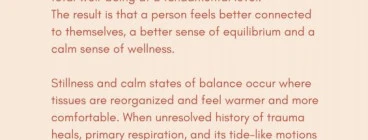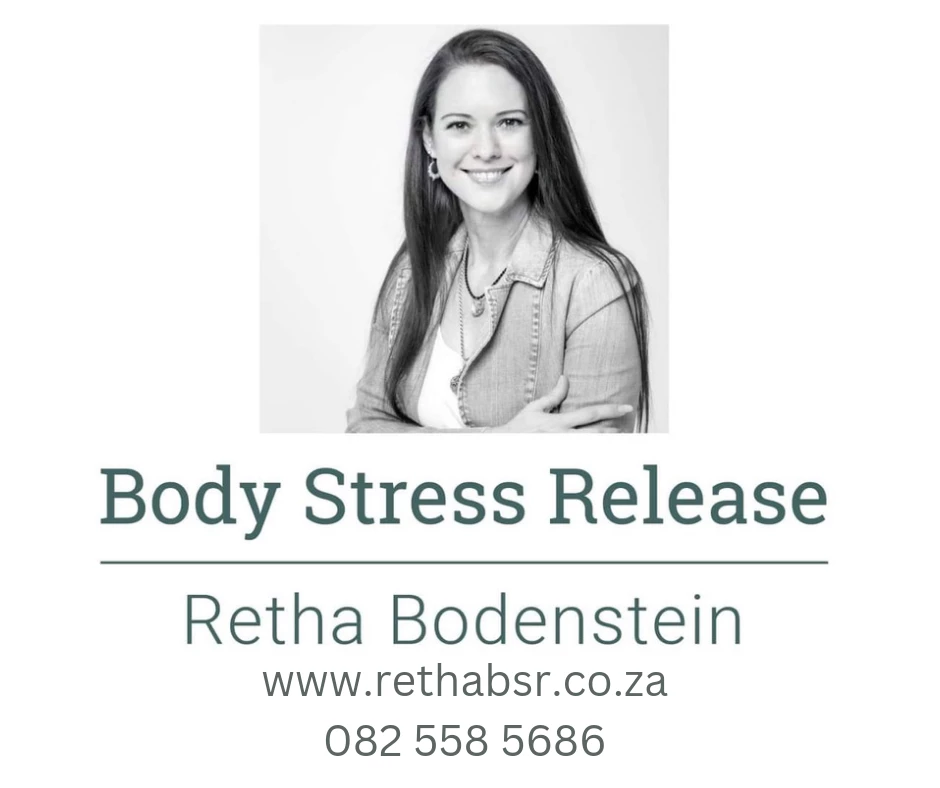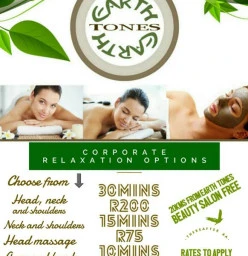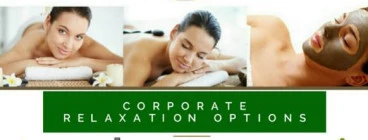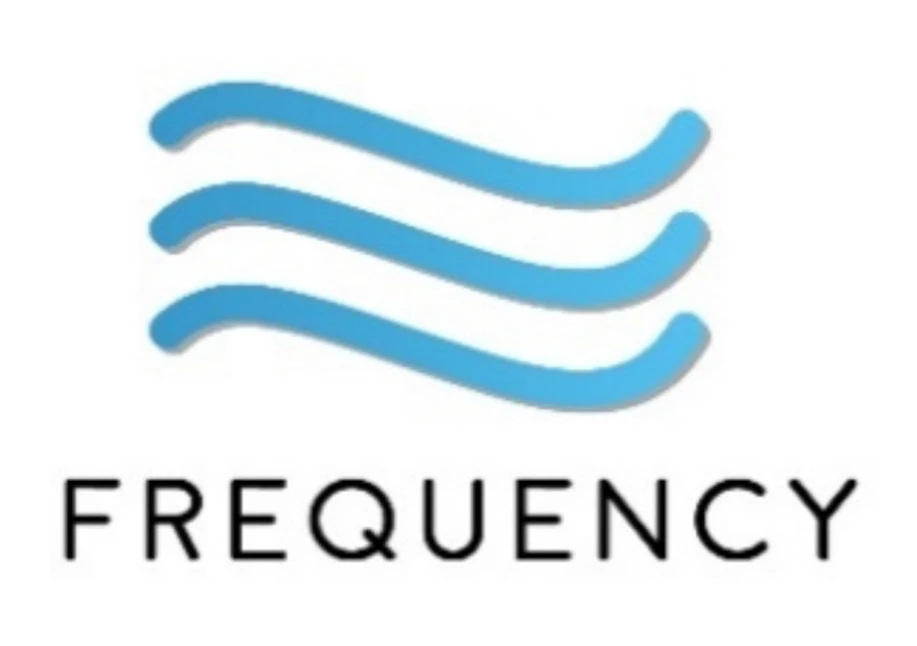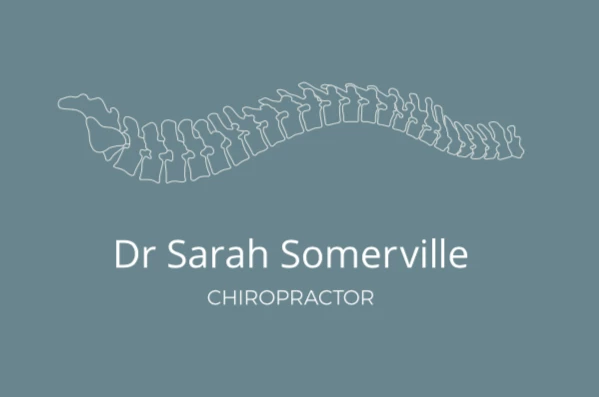Bodyworks - Centurion
Best match results for bodyworks in Centurion + 5km.
Skin Renewal Irene Aesthetic Clinic is located at the Southdowns Shopping Centre in Irene, Centurion serving Midrand, Centurion, Irene, Randjiesfontein, Midstream, Rooihuiskraal, Lyttleton, Eldoraign, Clubview and Hennopspark. The clinic is under the medical supervision of Dr Trent Carmi Harris who is (select "Ask our Doctors" on our website) experienced in anti-ageing, aesthetic and integrative medicine. They are supported by highly trained and knowledgeable front of house teams who ensure that... Read more
Supplier of all beauty and aesthetics machines - Cavitation and RF - Laser Lipo - Fat Freeze - Feminine Tightening - Shock Wave - Hifu And more Read more
General physiotherapy practice treating all conditions, with special interest in pain treatment. Additionally I offer different treatments incl. Lymph Drainage Therapy for i.a. total body detoxification and Brain therapy for i.a. down toning of stress overdrive. Please refer to my website for further information. YOU are the VIP in my practice! You will receive undivided attention in a quiet and peaceful environment. My goal is to help you achieve the best positive outcome that YOU need to live... Read more
Massage Course Packages
The Massage Specialist Package consists of 8 courses to equip you with the necessary skill set to start your own business and reach a variety of clients. The package includes the following: Swedish Full Body Massage, Advanced Hot Stone, Advanced Reflexology, Remedial Sports Massage, Balinese Scalp Massage, Manual Lymphatic Drainage, Bamboo Sports & Aromatherapy Blending Workshop. Plus receive a portable Massage Bed and 2x 1L Aromatherapy blended Oil. For more information send us email. We also have the Student Starter Package with 5 courses, the Sports Focused Package with 3 courses and Holistic Healing Package with 3 courses.
My practice is a long standing Physiotherapy practice located in the heart of Midstream. My experience is both vast international and local. This is a general practice with a large scope however, my special interests are: neurodynamic dysfunction (nerves), Spinal related conditions, Sports injuries and Pain. I apply a holistic and comprehensive approach to all patients since feel strongly about evidence based treatments especially manual therapy: Facial release, joint mobilization, dry needling... Read more
Therapeutic Reflexology is a holistic, non-invasive approach which facilitates the body's natural healing ability by stimulating reflexes found on the feet, hands or face. The practice has been open since 2017 and offers the following treatments: Foot Reflexology Hand Reflexology Dien Chan - (Vietnamese Face Reflexology) Prenatal Reflexology Reflexology Lymph Drainage Reasons to Consider Therapeutic Reflexology: Reducing symptoms associated with hypertension, cholesterol and diabetes Stress... Read more
Other related businesses in and around Centurion
Products Cosmeceutical Products are the only products that can change the skin because the active ingredients can reach the dermis where the important transformative functions are performed. Our Aesthetic Doctors and Qualified Therapists are trained to prescribe the best skin care products available on the market, based on your skin type and skin concerns. Brands... Read more
CranioSacral Therapy (CST) is a gentle non invasive hands on treatment used to relieve pain, stress and trauma in the body. Using a soft touch the practitioner "listens" to the overall expression of the potency of cerebrospinal fluid throughout the central nervous system and releases any restrictions within the soft tissues, fluids and structures.The brain and spinal cord are of the most influential parts of the body for it to function synergistically, and the central nervous system is intrinsically... Read more
In the South African medical aesthetic landscape, Founder and Medical Director Dr Maureen Allem and her partner and co-founder Victor Snyders have created one of the leading medical aesthetic clinics through a unique blend of medical excellence and entrepreneurial flair. The 20 clinics are wholly owned by Victor and Maureen and are conveniently located in Johannesburg, Sandton, Tshwane, Cape Town, Cape Winelands, Ballito, Durban, and Umhlanga. Every patients Skin Renewal journey begins with a doctors... Read more
The practice is located in Crowthorne, Johannesburg. We offer a holistic approach to healthcare and general well being, providing treatment to elite sports men and women, as well as members of the whole family. Treatment of all those who visit the practice usually consists of spinal manipulative therapy, diverse soft-tissue techniques, as well as ergonomic and biomechanical assessments accompanied by the pertinent explanations. Our aim is to create a greater understanding through patient education,... Read more
Skin Renewal Waterfall Aesthetic Clinic is located in the Courtyard Hotel, next to the Mall of Africa in Waterfall City precinct, Midrand. The branch serves Midrand, Kyalami, Vorna Valley, Halfway House, Beaulieu & Noordwyk. The clinic is under the medical supervision of Dr Shannon Taye Bayly (select "Ask our Doctors" on our website)who is experienced in anti-ageing, aesthetic and integrative medicine. They are supported by highly trained and knowledgeable front of house teams who ensure that every... Read more
- 172, Pretoria West, Gauteng
- Business can travel to you
Healing by hand is mobile massage service provider for your place with different type of massage services such as Thai ,swedish , Hawaiian, reflexology,food &head . Our motto was pamper and well being our clients and healthy life. Read more
We provide an EMS/TENS (electronic muscle stimulator/ transcutaneous electronic nerve stimulation) directly to the public and Proffesionals( Physios and Chiro's). For more product information follow the link to our website. Read more
Skin Renewal Brooklyn Aesthetic Clinic is situated near the hub of Brooklyn and is near Waterkloof, Muckleneuk, Waterkloof Ridge, Lynnwood, Monument Park, Menlo Park and Groenkloof. The clinic is under the medical supervision of Dr Lindsay Fyffe who is (select "Ask our Doctors" on our website) experienced in anti-ageing, aesthetic and integrative medicine. They are supported by highly trained and knowledgeable front of house teams who ensure that every patient gets the very best service, support... Read more
Charne Botha Biokinetics: Your Path To Better Health Biokinetics is the profession concerned with health promotion, the maintenance and improvement of physical abilities by means of scientifically-based physical activity program prescription Charne Botha Biokinetics specialise in physical activity as medicine, improving total well-being, restoring musculoskeletal imbalances, orthopedic rehabilitation, health management, maintenance and enhancement of physical abilities and functional movement. We... Read more
We are intergrative Chiropractic Clinic that has a specific interest in Sports Care, Family Health and Pediatrics. The clinic currently has two Chiropractors and a Massage Therapist. The practice was started in 2008 by Dr. Fyfer and has served the community in that time, Dr. Fyfer has worked at a number of international events, World Motocross Grand Prix, Raw World Powerlifting Champs and currently works as the Chiropractor on the Sunshine tour. Dr. Wood joined the practice in 2015 and has a special... Read more
Skin Renewal Lynnwood Aesthetic Clinic is situated in Lynnwood Glen and serves Lynnwood, Lynwood Park, Lynwood Ridge, Lynwood Manor, Lynwood Glen, Faerie Glen, Menlo Park, Menlyn Park, Equestria, Garsfontein, and Silverton. The clinic is under the medical supervision of Dr Lestonn Wade Lawn (select "Ask our Doctors" on our website) who is experienced in anti-ageing, aesthetic and integrative medicine. They are supported by highly trained and knowledgeable front-of-house teams who ensure that every... Read more
Skin Renewal Fourways Aesthetic Clinic is located at the Pineslopes Shopping Centre across Witkoppen Rd. from Monte Casino. This centre is close to Dainfern, Bryanston, Douglasdale, Paulshof, Lonehill, Magaliessig , Chartwell and Broadacres.The clinic is under the medical supervision of Dr Caitlin Alexandra Von Bardeleben who is (select "Ask our Doctors" on our website) experienced in anti-ageing, aesthetic and integrative medicine. They are supported by highly trained and knowledgeable front of... Read more
Each of us has experienced stress, tension, and trauma in our lives. Over time this is compounded and starts to manifest in a variety of ways including anxiety, panic attacks, depression, gut issues, allergies and disease. At Frequency, we work together to facilitate the body's natural ability to resolve these issues, to restore safety in the body and regulate the nervous system by using a combination of techniques, including: Kinesiology, Tension & Trauma Release Exercises, Emmett Technique... Read more
Dr. Sarah Somerville is a family chiropractor situated in The Rivonia Practice, a multidisciplinary medical practice in Rivonia. Dr. Sarah completed her MTech: Chiropractic degree at the University of Johannesburg, as well as a BSc. Human Physiology degree at the University of Pretoria. She is registered with various professional bodies, including; the Allied Health Professions Council of South Africa; the Chiropractic Association of South Africa and Paediatric Chiropractic South Africa. She... Read more










